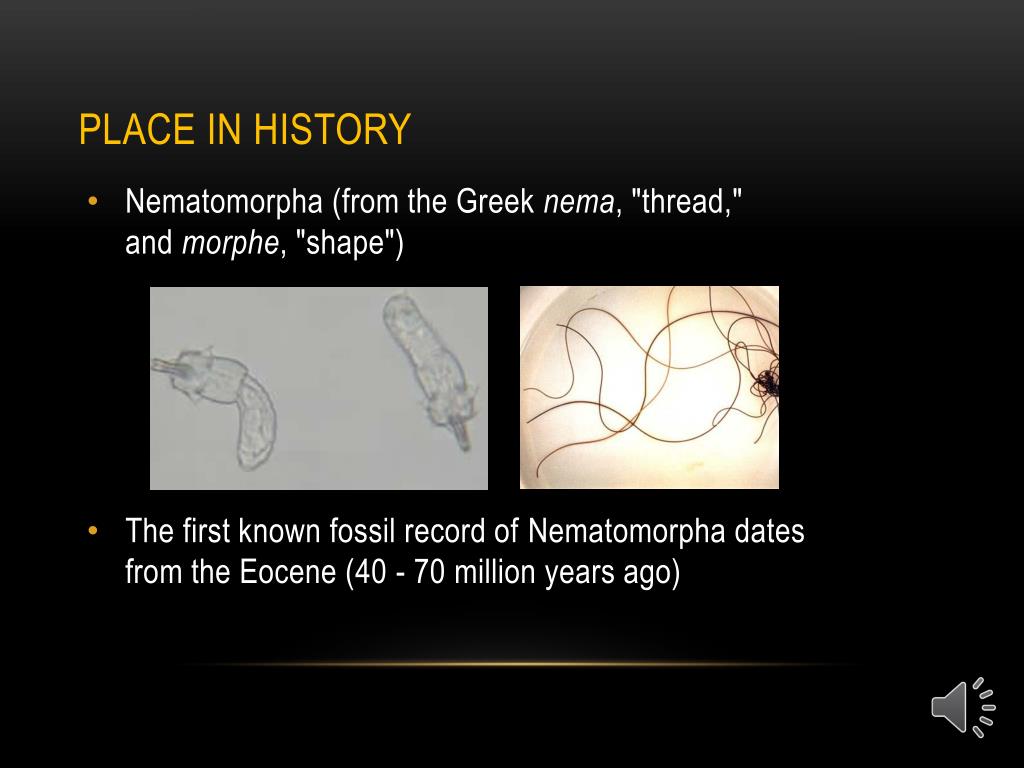

Parachordodes or Gordius worms belong to the phylum Nematomorpha (Gordiida, Gordioidea). Despite their worldwide distribution, detailed life cycles of Nematomorpha have not been completely documented. Nematomorpha is a phylum of animals that has been poorly studied. DNA sequencing of the Parachordodes worm does not appear on the database therefore, more information on the gene sequences of the genus Parachordodes from humans, animals, or intermediates is required. which has already been reported in humans in Japan.

DNA analysis on 18S rRNA partial sequence arrangements was also carried out and both worms were assumed to be close to the genus Paragordionus based on tree analysis, and far from Gordius sp. (Nematomorpha: Chordodidae) based on the characteristic morphologies of cross sections and areoles in the cuticle. They were identified as Parachordodes sp. Both worms were males having bifurcated posterior ends and male gonads in cross sectional specimens. Two gordiid worms were collected in the vomit and excreta of an 80-year-old woman in November 2009 in Kyoto city, and in the mouth of 1-year-old boy in December 2009 in Nara city, Japan, respectively. dimorphus in Brazil.The present study was performed to describe 2 human cases infected by the horsehair worm, Parachordodes sp., in Japan.

Gordius dimorphus larvae are similar to previous light microscope descriptions. One large spine is present on the posterior portion of the postseptum. On the surface of each projection, 3 pairs of aculeiforms spines are aligned and lean toward the proboscis opening. The proboscis is retractile, dorsoventrally flattened, with 1 pair of forceps-like projections on its distal-most portion. Three concentric rings with 6 spines each surround the proboscis. Larvae have a cylindrical body, annulated and divided into 2 sections, plus an anterior preseptum and a posterior postseptum. dimorphus (2 males and 1 female) were maintained under laboratory conditions until oviposition, which occurred within long strings commonly referred to as egg strings. Scanning electron microscopy was used to analyze superficial features of Gordius dimorphus Poinar, 1991, larvae that might serve as generic or specific diagnostic characters.


 0 kommentar(er)
0 kommentar(er)
